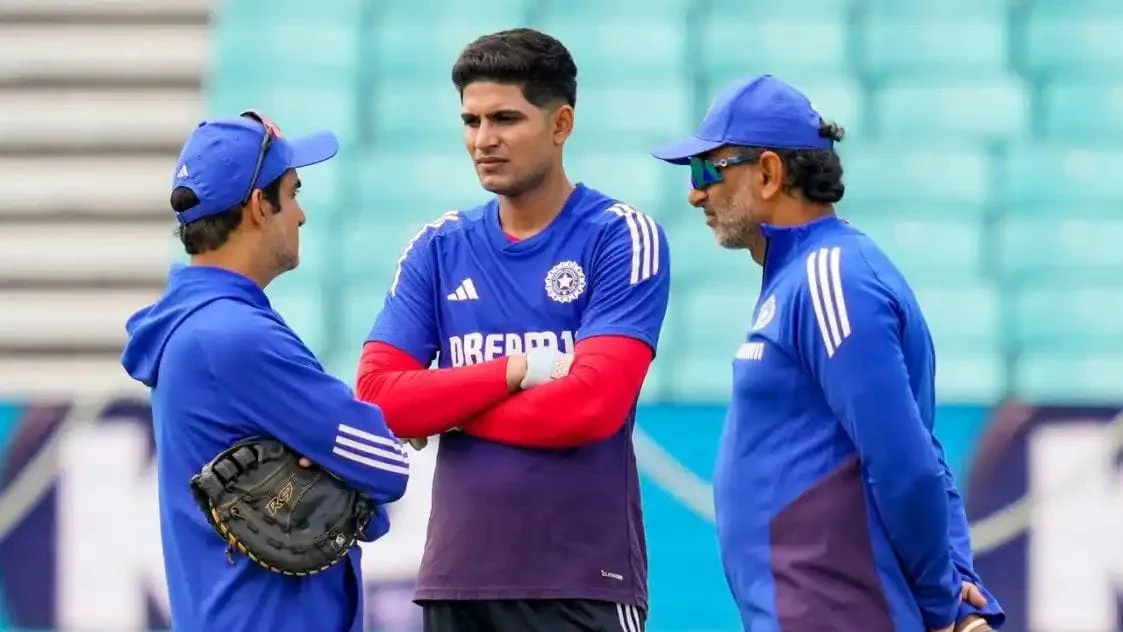The tragic crash of Air India Flight AI171, a Boeing 787-8 Dreamliner (registration VT-ANB), shortly after takeoff from Ahmedabad Airport on June 12, 2025, has sent shockwaves across the globe. As investigations are underway to determine the cause of this devastating incident, which resulted in the loss of 241 lives onboard and at least 39 on the ground, attention naturally turns to the operational history of the aircraft itself. Understanding the past performance and maintenance of VT-ANB is crucial for the Aircraft Accident Investigation Bureau (AAIB) and international experts in piecing together the events that led to the world’s first fatal crash involving a Boeing 787 Dreamliner.
VT-ANB, a Boeing 787-8 Dreamliner with serial number 36279, was delivered to Air India on January 28, 2014. This made it one of the earlier Dreamliners to join Air India’s fleet, which currently comprises 33 Boeing 787 aircraft (26 787-8s and 7 787-9s). At the time of the crash, the aircraft was approximately 11 years old. It was powered by two General Electric GEnx-1B67 engines, a common engine choice for the Dreamliner family.
A Decade of Service: Flying Hours and Maintenance Records
Over its decade of service, VT-ANB had accumulated a significant amount of flight time. According to data from Cirium, an aviation analytics company, the aircraft had logged over 41,000 flying hours and nearly 8,000 takeoff and landing cycles. This operational tempo is considered average for an aircraft of its build year and period. In the 12 months leading up to the accident, VT-ANB completed approximately 700 flight cycles, underscoring its active role in Air India’s network, including routes to London Gatwick which commenced in 2023.
Air India officials have maintained that VT-ANB was a “well-maintained” aircraft with a “clean history.”
- Comprehensive Checks: The aircraft underwent its last major comprehensive maintenance check (C-check) in June 2023. The next scheduled comprehensive check was due in December 2025. These checks are extensive, involving detailed inspections of the aircraft’s systems and structures.
- Engine Overhauls and Inspections: The right engine of VT-ANB was recently overhauled and installed in March 2025, just three months before the crash. The left engine had its last inspection as per manufacturer protocol in April 2025, and its next major servicing was due in December 2025. Air India Chairman N Chandrasekaran explicitly stated that “both engine histories are clean.”
- Regular Monitoring: The airline emphasized that both the aircraft and its engines were regularly monitored and showed no issues before the fateful flight.
Despite these assurances, the Directorate General of Civil Aviation (DGCA) has ordered enhanced safety checks across Air India’s entire Boeing 787 fleet as a “preventive measure” following the AI171 tragedy. These checks involve additional maintenance actions on various systems, including fuel parameter monitoring, cabin air compressors, engine control, and hydraulics.
Early Dreamliner Challenges and Fleet-Wide Scrutiny
It is important to note that the Boeing 787 Dreamliner program, especially its early batches, faced several teething troubles globally. These included issues like lithium-ion battery overheating (leading to a worldwide grounding in 2013), fuel leaks, and windshield cracks. VT-ANB, being an early build, was no stranger to some of these challenges, reportedly experiencing a fuel leak that necessitated a diversion to Ankara in November 2021 while operating a London-Hyderabad flight.
Former Boeing senior vice president Dinesh Keskar, who oversaw the delivery of many 787s to Air India, affirmed that Boeing had “fixed all issues” and that the 787 “has a good safety record.” However, more recently, the Dreamliner program has faced renewed scrutiny over quality-control issues, particularly concerning improper fastening of fuselage sections, leading to investigations by the US Federal Aviation Administration (FAA).
Air India itself has recently been under the DGCA’s radar for various reasons, including some maintenance-related issues flagged before the crash. However, the DGCA has stated that surveillance of Air India’s Boeing 787 fleet did not reveal any major safety concerns in the immediate wake of the AI171 crash.
The Mystery of the Final Moments
The Air India Flight 171 crash occurred almost instantaneously after takeoff. Reports from Flightradar24 indicate that the aircraft’s ADS-B transponder lost signal around 625 feet above mean sea level. The flight crew reportedly issued a mayday call, indicating a loss of power and thrust just moments after becoming airborne. The entire flight lasted only about 30 seconds before the aircraft impacted a hostel block and residential area.
The rapid and catastrophic nature of the accident, despite the aircraft’s recent maintenance and claimed clean history, underscores the complexity of the ongoing investigation. The recovery of the Enhanced Airborne Flight Recorders (EAFRs), which combine the functions of both the Flight Data Recorder (FDR) and Cockpit Voice Recorder (CVR), is paramount to understanding the sequence of events and the aircraft’s performance in its final moments.
Key Highlights of VT-ANB’s Operational History
| Feature | Description |
| Aircraft Age & Delivery | 11-year-old Boeing 787-8 Dreamliner (VT-ANB), delivered to Air India on January 28, 2014. |
| Flight Hours & Cycles | Over 41,000 flying hours and nearly 8,000 takeoff and landing cycles, consistent with its age. |
| Recent Maintenance | Last major check (C-check) in June 2023; right engine overhauled in March 2025; left engine inspected in April 2025. |
| Claimed “Clean History” | Air India asserts the aircraft and its engines were “well-maintained” with “no issues” prior to the accident, though early Dreamliner models had known fleet-wide teething troubles. |
The Path Forward: Unveiling the Truth
The investigation into Air India Flight AI171 is a multi-national effort, involving Indian authorities, Boeing, and potentially the NTSB from the US. While initial statements from Air India suggest a well-maintained aircraft, the sudden and complete loss of control immediately after takeoff points to a critical failure. The comprehensive analysis of the flight recorders, wreckage, and maintenance records will be essential in determining whether the cause lies in a mechanical failure, human error, external factors, or a combination thereof. The global aviation community awaits the findings with bated breath, hoping to learn crucial lessons from this unprecedented Dreamliner tragedy.
Frequently Asked Questions (FAQs)
Q1: What was the tail number of the Air India Dreamliner that crashed as Flight AI171?
A1: The tail number (registration) of the Air India Boeing 787-8 Dreamliner that crashed as Flight AI171 was VT-ANB.
Q2: How old was the crashed Air India Dreamliner, VT-ANB, at the time of the accident?
A2: At the time of the crash on June 12, 2025, Air India Dreamliner VT-ANB was approximately 11 years old, having been delivered to Air India on January 28, 2014.
Q3: What was the most recent significant maintenance performed on the crashed aircraft’s engines?
A3: The right engine of VT-ANB was recently overhauled and installed in March 2025. The left engine had undergone an inspection in April 2025 as per manufacturer protocol.













